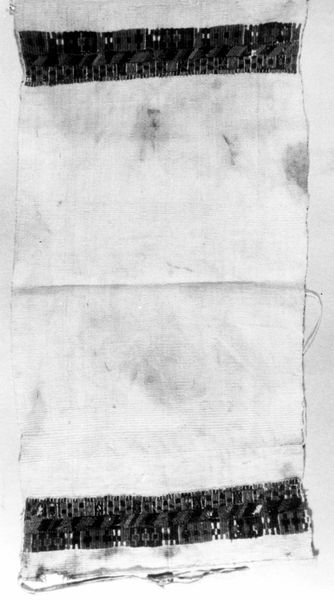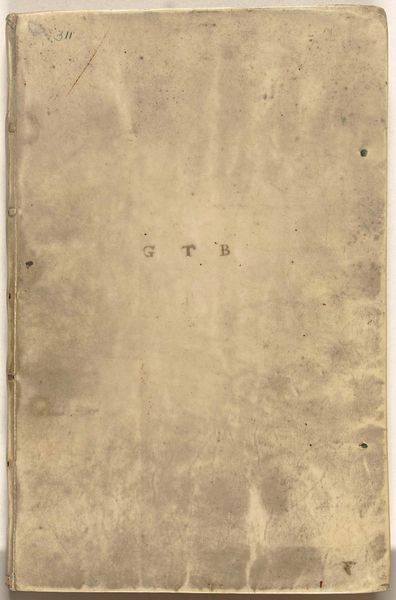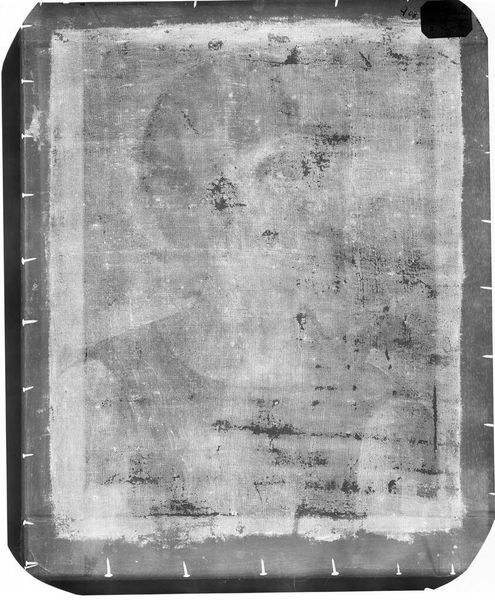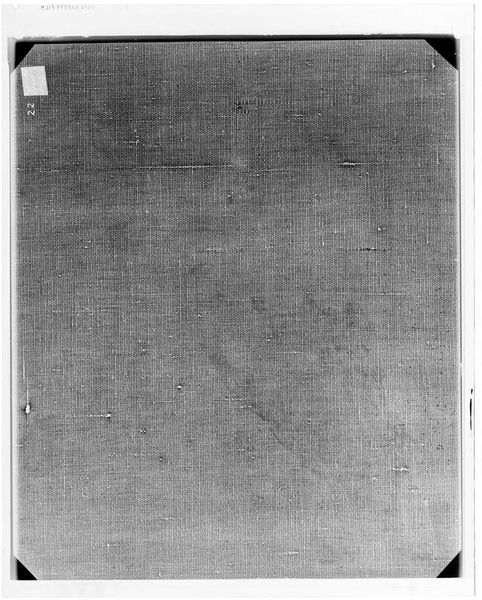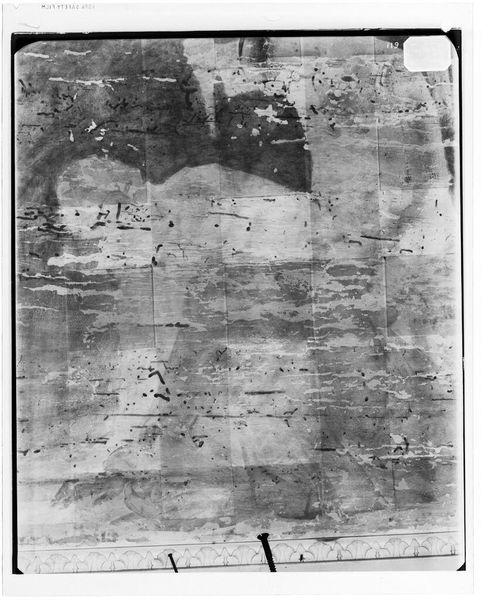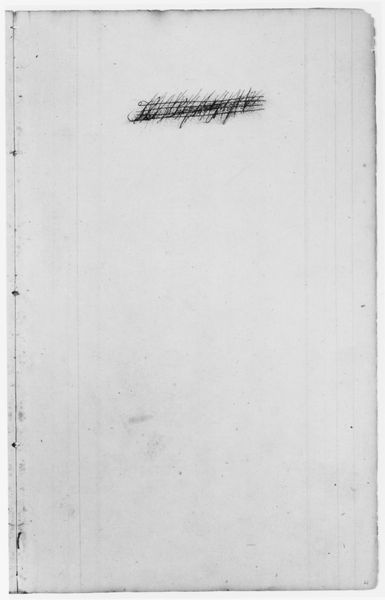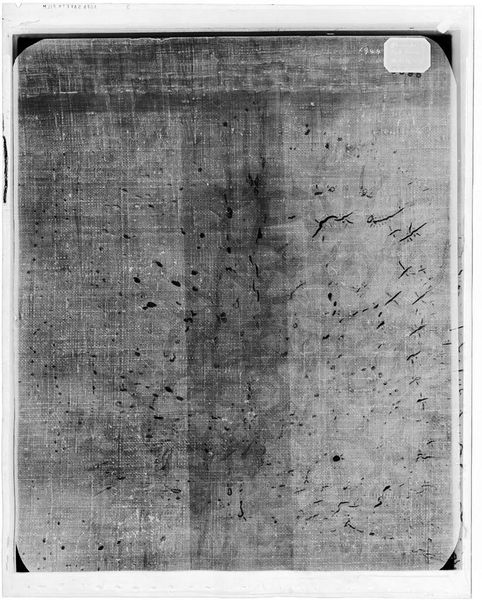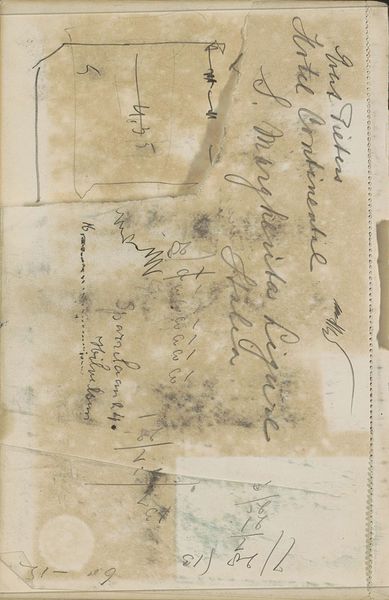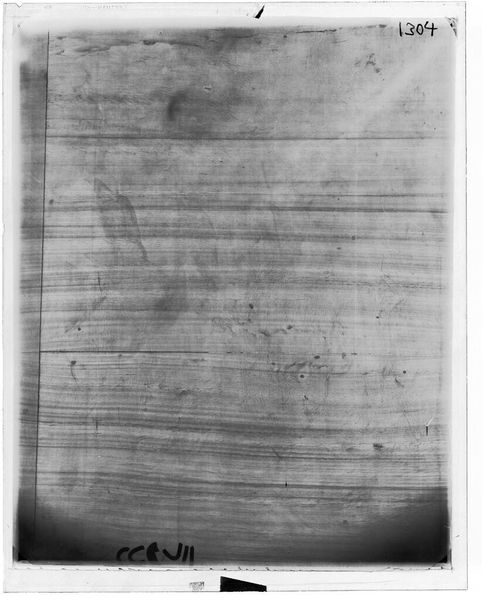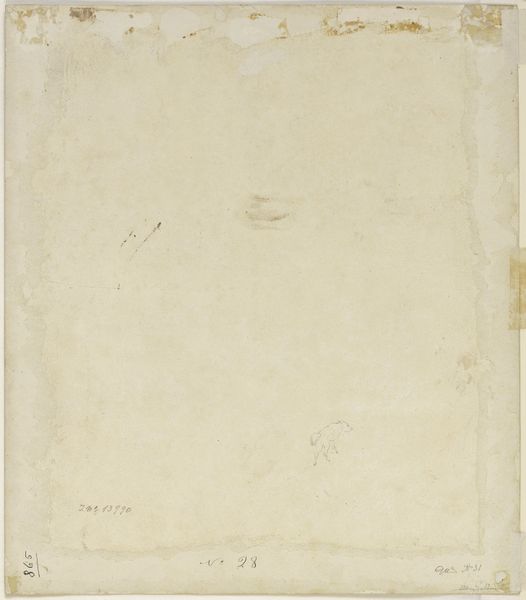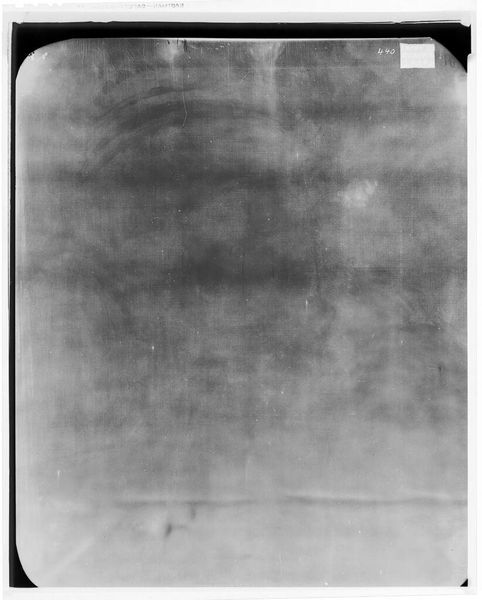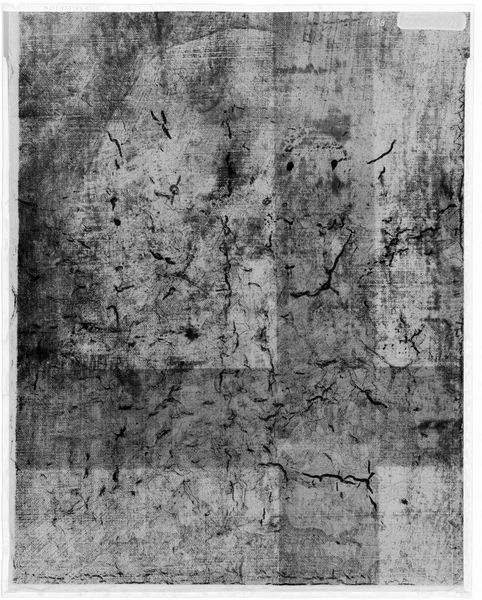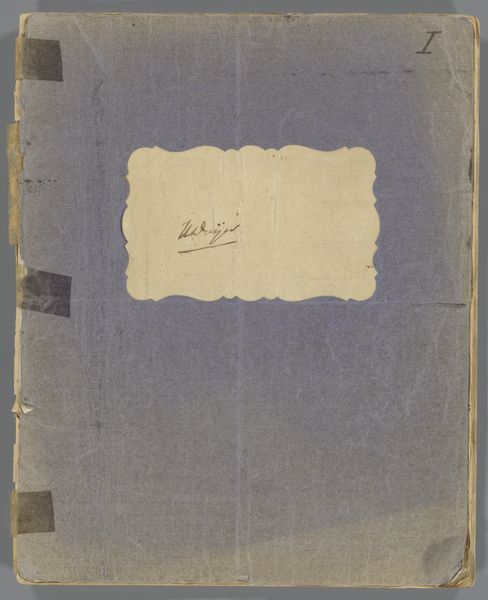
Sketch of a Male Torso (from McGuire Scrapbook) 1803 - 1844
0:00
0:00
drawing, paper, charcoal
#
drawing
#
narrative-art
#
sculpture
#
paper
#
charcoal art
#
romanticism
#
charcoal
#
history-painting
#
charcoal
Dimensions: 8 7/8 x 8 1/16 in. (22.5 x 20.5 cm)
Copyright: Public Domain
This sketch of a male torso was made by Frederick Stiles Agate at an unknown date. Despite its seemingly simple form, the symbol of the torso carries significant cultural weight. In classical antiquity, the idealized male torso represented not only physical perfection, but also moral virtue and intellectual prowess. We see echoes of this in Renaissance art, where the rediscovery of classical forms was meant to signify a rebirth of civilization itself. But even earlier, in the fragmented sculptures of ancient Greece, a broken torso could evoke a sense of loss, reflecting on the transience of human glory. Consider how the symbol of the torso has been passed down through history, shifting in meaning with each cultural context, a testament to our collective memory. Perhaps the incomplete nature of the torso speaks to our own subconscious understanding of the ephemeral nature of existence. Agate's sketch engages viewers on a deep, subconscious level. The torso motif, in its cyclical progression, continues to resurface, evolving and taking on new meanings in different historical contexts.
Comments
No comments
Be the first to comment and join the conversation on the ultimate creative platform.
